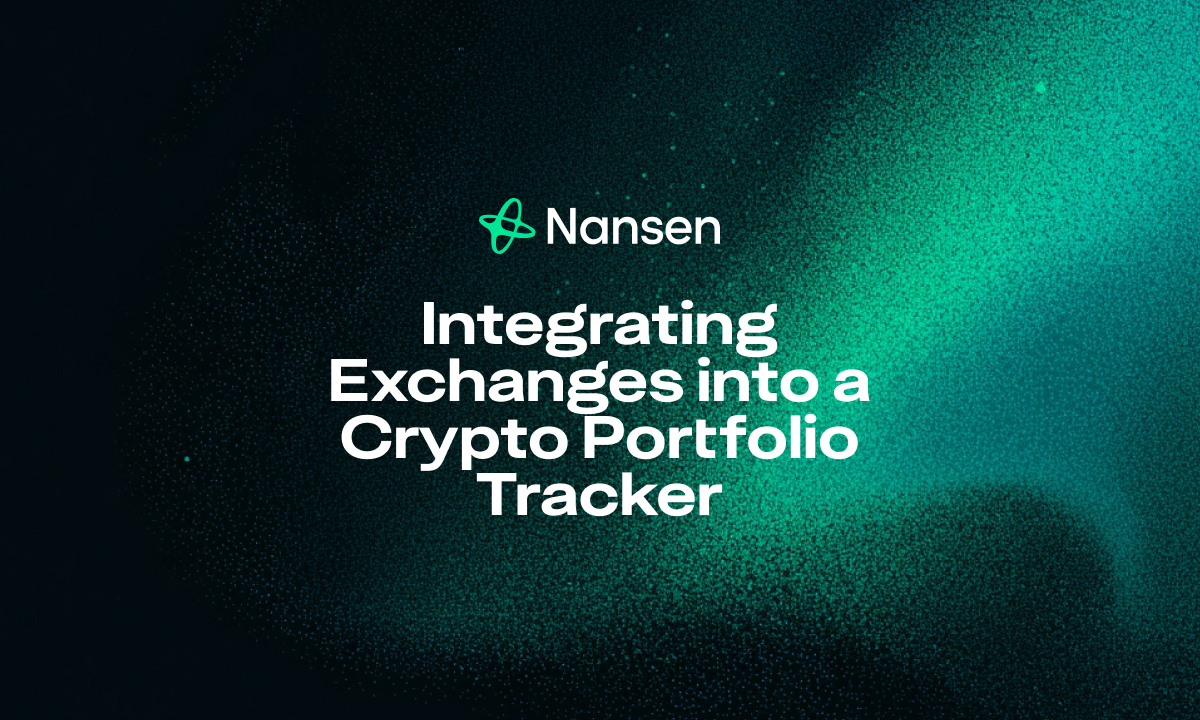A single crypto portfolio tracker consolidates your digital assets from various exchanges and wallets into one real-time dashboard. Whether you are an active trader or a long-term investor, integrating exchange data through API connections, CSV uploads, or manual inputs helps you manage your portfolio efficiently. This approach simplifies tracking performance, tax compliance, and decision-making across your entire crypto ecosystem.
Why Consolidate Your Crypto Holdings in a Single Portfolio Tracker?
Managing multiple crypto exchanges separately can be time-consuming and prone to errors. Using a unified portfolio tracker offers the following benefits:
- Comprehensive Overview: Combines balances, transactions, and performance metrics from all connected sources.
- Real-Time Updates: Enables up-to-the-minute insights into portfolio value, asset allocation, and profit & loss.
- Simplified Tax Reporting: Consolidates transaction history to facilitate accurate tax filings.
- Improved Investment Decisions: Provides holistic data to guide portfolio rebalancing and risk management.
- Time-saving Efficiency: Eliminates the need to check multiple platforms, reducing oversight risk.
How to Integrate Multiple Crypto Exchanges into One Tracker
Connecting your various crypto exchange accounts into a single portfolio tracker involves choosing the right integration method based on your needs, security preferences, and exchange capabilities.
API Integration: The Best Method for Real-Time Crypto Portfolio Tracking
API integration allows your portfolio tracker to securely access and update your exchange data automatically and continuously.
- Process Overview:
- Generate API keys with read-only permissions from each exchange.
- Input the API key and secret into your portfolio tracker.
- The tracker then pulls live data such as balances, trades, and deposits.
- Security Tips:
- Always enable “read-only” access only.
- Never provide trading or withdrawal permissions via API keys.
- Safeguard your API credentials and revoke keys if you stop using the tracker.
- Advantages:
- Fully automated updates in real time.
- High accuracy and minimal manual work.
- Considerations:
- Not all exchanges support comprehensive APIs.
- Requires careful key management to avoid security risks.
CSV Import: Manual but Secure Data Synchronization
If API integration is unavailable or inconvenient, exporting transaction histories as CSV files is a reliable alternative.
- How it Works: Export recent trade, deposit, and withdrawal data as CSV files from your exchanges, then upload these files into your portfolio tracker.
- Steps to Import:
- Download your transaction history from the exchange interface.
- Access the import feature on your portfolio tracker.
- Upload and map CSV columns as necessary.
- Verify the imported data for accuracy.
- Pros:
- No third-party access to exchange accounts.
- Good for periodic updates or tax reporting.
- Limitations:
- Not real-time; requires manual repetition.
- Varying CSV formats might need adjustments.
Manual Entry: Complete Control for Unsupported Exchanges or Special Cases
When API or CSV import options are unavailable, manually entering transactions into your tracker is the fallback method.
- Suitable For:
- Small portfolios with few trades.
- Over-the-counter (OTC) transactions.
- Wallet transfers and other off-exchange activities.
- Steps:
- Open the manual entry or add transaction section in your tracker.
- Input details like coin type, quantity, price, transaction date, and fees.
- Save and review entries regularly.
- Advantages:
- Full control over each transaction’s details.
- Works for any asset or exchange.
- Drawbacks:
- Time-consuming and prone to errors.
- Not feasible for high-frequency traders.
Essential Features to Choose in a Crypto Portfolio Tracker
Selecting the right portfolio tracker goes beyond integration methods. Consider these vital features for all-in-one crypto management:
- Wide Exchange and Wallet Compatibility: Supports virtually all major exchanges, hardware wallets, and DeFi platforms.
- Stable & Secure API Connectivity: Offers reliable, frequent data syncing with robust encryption and 2FA.
- Comprehensive Tax Tools: Calculates capital gains/losses and generates exportable tax reports.
- Advanced Analytics: Tracks ROI, cost basis, asset allocation, and historical charts.
- Multi-Chain & DeFi Asset Tracking: Monitors tokens across Ethereum, Solana, Binance Smart Chain, and various DeFi positions.
- Mobile Access: Fully-featured apps for real-time portfolio monitoring on the go.
- Security Measures: Data encryption, clear privacy policies, and user authentication techniques.
- Portfolio Rebalancing Insights: Helps optimize asset allocation based on personal goals.
- Alerts & Notifications: Customizable price, volume, and portfolio change alerts.
- Pricing Transparency: Free tiers, subscription plans, and value for extended features.
Frequently Asked Questions
Is API integration with a crypto portfolio tracker safe?
API integration is safe when you only provide read-only access. This setup allows the tracker to view balances and transaction history but prevents it from executing trades or withdrawals, ensuring your funds remain secure.
What if my cryptocurrency exchange doesn't support API connections with the tracker?
If your exchange lacks API support, you can manually import your transactions via CSV exports or enter trades manually. These alternatives help maintain portfolio accuracy, though updates won’t be in real time.
Can a crypto portfolio tracker monitor DeFi assets and NFTs?
Yes. Many portfolio trackers integrate with blockchain wallets and scan for DeFi tokens, staked assets, and NFTs by analyzing your wallet’s public address, enabling a complete overview of your crypto holdings.
Conclusion: Integrating all your cryptocurrency exchanges into a single portfolio tracker is critical for streamlined management, accurate reporting, and smarter investing. By employing API connections, CSV imports, or manual entry, you can centralize your portfolio data and gain a real-time edge. Discover how Nansen’s cutting-edge analytics empower you to make informed decisions and optimize your crypto investments today.




